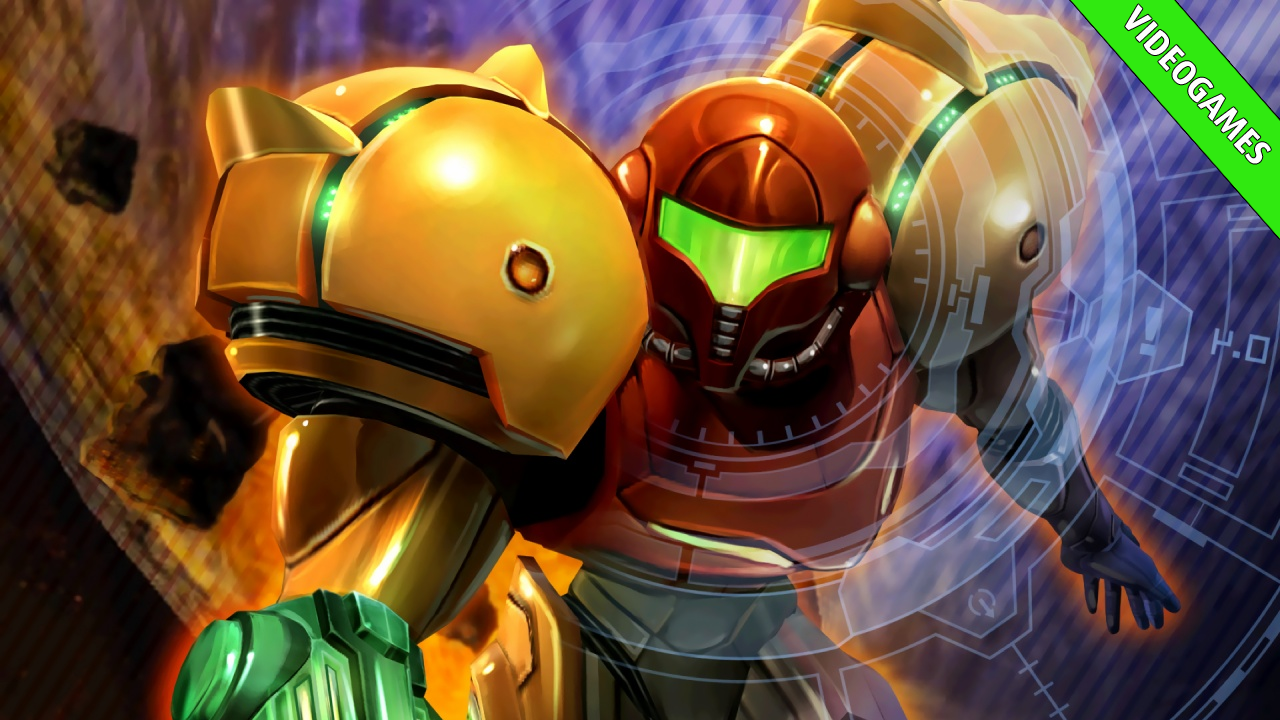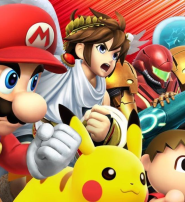How Video Games Are Made Start To Finish
When you play a video game, it’s easy to overlook just how much work goes on behind the scenes. Every title starts as a simple idea and grows into a complex, interactive experience through careful planning and teamwork. If you’ve ever wondered what it takes to bring these digital worlds to life—step by step from sketchbook to screen—you’ll want to see how each phase shapes the final result.
The Evolution and Structure of Game Development
Game development has experienced significant changes since its inception in the late 1950s. The evolution from simple games like "Tennis for Two" to complex 3D experiences utilizing advanced engines such as Unreal Engine and Unity illustrates the technological advancements in the field.
The game development process is typically divided into three main phases: pre-production, production, and post-production.
During pre-production, initial concepts are generated, accompanied by the development of design documents and concept art. This phase is crucial for laying the groundwork for the game, as it establishes the vision and scope of the project.
Production is often the lengthiest phase of development, where the bulk of content, gameplay mechanics, and assets are created. This stage requires collaboration among various team members, including project managers, designers, and artists, to ensure that all elements align with the established vision.
Post-production involves quality assurance processes, including testing and bug fixing, as well as the development of downloadable content (DLC) to extend the game's lifespan.
It is important to note that project timelines can vary widely; smaller teams or projects may take longer to complete due to limited resources or less streamlined processes.
Overall, the structured approach to game development is essential for delivering cohesive and engaging gaming experiences.
Phases of the Game Development Pipeline
A structured development pipeline is essential for the successful creation of modern video games, guiding the project from conception to launch.
Initially, the pre-production phase involves the development of a comprehensive Design Document, which serves as a foundational guide for the game's concept, art style, and gameplay mechanics. This stage also includes the establishment of an estimated budget and timeline, critical for managing resources effectively.
Following pre-production, the production phase takes place, which is generally the most extensive segment of the pipeline. During this phase, development teams focus on creating various assets including 3D models, user interfaces, visual effects, and core gameplay mechanics. Industry-standard game engines, such as Unity and Unreal Engine, are frequently utilized to facilitate this process.
Key activities in production also encompass level design, motion capture for realistic character animations, and initial rounds of testing to identify potential issues.
Subsequently, the post-production phase is dedicated to addressing any bugs and implementing fixes identified during testing. This stage is crucial for ensuring a smooth player experience upon release.
Additionally, it often involves planning and developing downloadable content or expansion packs to enhance long-term player engagement and support the game's lifecycle.
Through these stages, developers can systematically navigate the complexities of creating a video game while addressing both technical and creative challenges.
Key Roles and Team Collaboration
Effective teamwork is integral to the video game development process, as it relies on the collaboration of specialists with distinct skill sets. Developers interact closely with project managers who oversee the workflow and ensure adherence to timelines and objectives. Concept artists are responsible for creating initial visual representations, and programmers apply their expertise in platforms such as Unity or Unreal Engine to bring these designs to life.
Game designers play a critical role in defining the mechanics and rules of play, ensuring that the gameplay experience is engaging and coherent. Concurrently, quality assurance testers are tasked with identifying and resolving issues within the game, ensuring that both the gameplay and user interface meet established standards of quality.
The production phase of game development is characterized by a methodical collaboration among team members. This involves the creation of art assets, the development of 3D environments, and the integration of various effects prior to initiating early testing protocols or preparing for trade shows.
Each role contributes to the progression of the game, influencing its evolution from conceptual stages to final release. Overall, the multi-disciplinary nature of video game development underscores the importance of effective communication and collaboration among team members to achieve a polished final product.
Outsourcing and External Contributions
In the realm of video game development, in-house teams typically focus on core programming and gameplay mechanics. However, many studios utilize outsourcing to engage external contributors for specialized tasks that require specific expertise, such as 3D art asset creation, concept art design, motion capture implementation, and virtual reality effects. This strategic approach allows in-house developers to concentrate on the more extensive aspects of production.
Outsourcing can serve several practical purposes. It may help in reducing overall budget requirements by leveraging the cost-effective resources of various external teams. Additionally, this practice supports smaller development teams, enabling them to access a broader range of creative skills and technologies available across the global market.
Whether a project involves developing a complete level or creating an expansion pack, external partners can play an indispensable role in the overall development process.
Effective coordination by project managers is critical to the success of this model. They ensure that the integration of outsourced contributions aligns with the project timeline and that quality standards are upheld, thereby facilitating a smooth workflow throughout the development cycle.
Marketing, Launch, and Post-Release Activities
As a new title approaches completion, studios transition their focus from development to generating anticipation among the gaming community. Strategic marketing and distribution efforts are implemented, which encompass targeting key demographics through social media platforms, publishing channels, and relevant event websites.
Demonstrations at prominent trade shows, such as E3, serve as vital opportunities for developers to exhibit gameplay mechanics and visual effects, thereby enhancing market visibility.
Following the initial release, ongoing support for the game is essential. This typically involves addressing technical issues through patches and expanding the game's offerings via downloadable content and updates for expansion packs.
Additionally, aspects such as localization and quality assurance are crucial to ensure the product meets diverse player needs. Community support is also a significant factor in maintaining player engagement post-launch.
Throughout the entire process—from concept art development to the final release—effective coordination among project managers and team members is imperative.
This applies to various methodologies employed in game design, whether they involve virtual reality, sports simulations, or motion capture technology. Each stage requires a structured approach to ensure the successful delivery and continued support of the title in a competitive marketplace.
Conclusion
As you can see, making a video game from start to finish is a complex process that relies on careful planning, teamwork, and adaptability. By understanding each phase—from concept to release—you’ll appreciate the effort and expertise required. Whether you’re interested in designing, programming, or marketing, your unique skills can make a valuable impact. The game development journey doesn’t end at launch; ongoing feedback and support help ensure every game reaches its full potential.


















